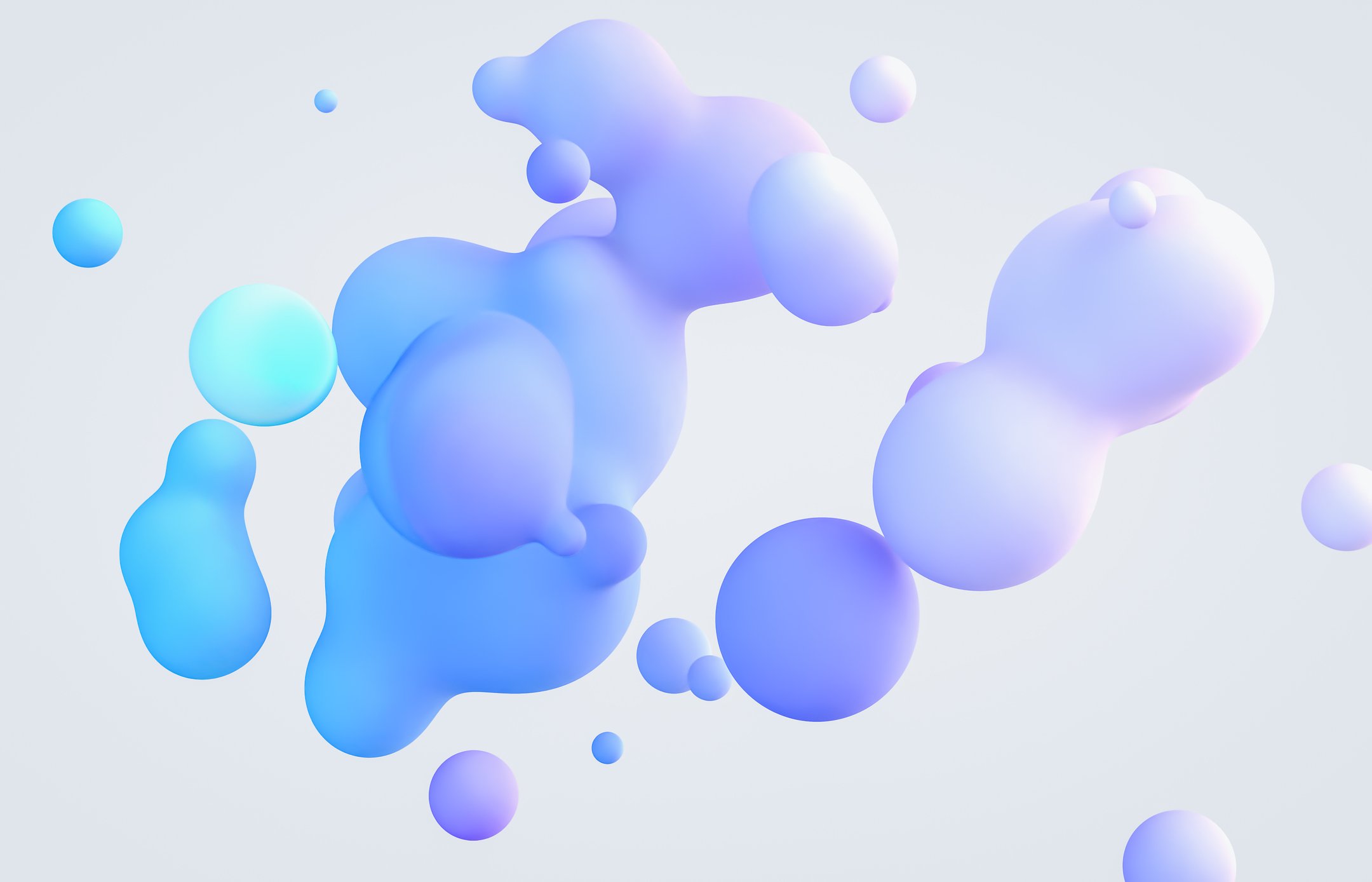
VR Prototyping Tool
ACADEMIC PROJECT • UX RESEARCH • VR PROTOTYPING
Design a prototyping tool that is accessible and inclusive in a virtual space for non-professionals.
PROJECT TYPE
VR application design project
TARGET USER
Non-professional physical prototyper
DURATION
Oct 2022 - Dec 2022
TEAM
My role: VR product design
Front-end engineering: Aaron Li
3D Modeling: Nian Tong
Project Mentor: J.D. Zamfirescu-Pereira
TOOLS
Unity, Blender, Figma
MY CONTRIBUTION
UX Research: Competitive Analysis, User Interviews, Affinity Maps, Persona Mapping, Journey Mapping, Empathy Maps
UX Design: Sketches, Wireframing, Usability Testing, High-fidelity prototyping
VR Design: Designing user interface and interaction in a 3D environment, 3D modeling

BACKGROUND
Overview
In my main course at UC Berkeley Electrical Engineering and Computer Science School, ‘Immersive Computing and Virtual Reality,’ we created a rapid prototyping tool based on a VR platform for non-professionals. Using raw materials and tools, they can quickly prototype from large to small products in the virtual space. As a product designer, I worked with two master's students and collaborated closely with a Ph.D. mentor.
My role
As a VR product designer, I independently work for conducting user interviews, synthesizing strategic insights, developing persona, journey mapping, ideation, wireframing, usability testing, iterating with user feedback, and prototyping 3D interface and user interaction in VR.
DEFINE
Problem statement
When non-professionals prototype physical products, they need a rapid prototyping tool like cardboard or 3D CAD (computer-aided design) software to evaluate their product’s functionality, ergonomics, aesthetic form, or overall scales.
However, physical prototyping has some frustrations, such as no workspace access, no time for multiple iterations, insufficient budget to buy materials and tools, and a fear of getting hurt. For screen-based prototyping, there is no access to real visibility of scale and intuitive feedback from user interaction. From the usability perspective, hand sketching lacks accuracy, and CAD software has a huge learning curve for people who don’t have enough experience with it.

HOW MIGHT WE
Make the physical prototyping experience more accessible and inclusive in virtual space?
DESIGN PROCESS
DISCOVERY
Research strategy
I conducted research in two steps — a competitive audit where I analyzed existing prototype tools, compared existing solutions, and explored critical components in rapid prototyping.
Next, I conducted 5 in-depth user interviews where I focused on finding problem space, users’ needs, and understanding their prototyping experiences.
Then, I synthesized all of the data into an affinity map that helped to map out user pain points and build personas, empathy maps, journey maps, and design solutions.
Analysis
I synthesized the collected data from the interviews and competitive audit into an affinity map to help form insights and brainstorm design ideas to solve users’ higher-order problems.
SYNTHESIS

Key insights
User persona
Based on my insight and observations from the interviews, I created user personas that captured our users' goals and prototyping processes.
Angela, a woodworker with 3 years of experience.
Her goals are to prototype with less cost of failure and to do multiple iterations without getting hurt.
She prototypes with many power tools like a table saw, a power drill, and a sander.
“I’m afraid of getting hurt while using power machines and having the cost of failure due to waste of money and time.”
Mathieu, a furniture designer with 5 years of experience.
He aims to prototype his ideas as often as possible within a limited budget and access to the workspace.
He likes to start his project by playing with a tiny, vague idea and expanding it through many iterations and experiments.
“I want the freedom to create what I can. The only restrictions are the project’s budget and the workspace’s size.”
Journey map
The persona helped me to make a journey map highlighting the pain points and the opportunities for improvement.
IDEATION
Prototyping tools market landscape
Our product is a new tool that targets spatial computing usage among professional prototyper who work on physical products. Our users are woodworkers, furniture designers, and mechanical engineers who thrive with the physical prototyping process with raw materials and tools.
We decided to create a new 3D prototyping tool in a Virtual space because VR makes the prototyping cycle much faster, allows multiple iteration processes at no cost, and provides an infinite workspace for creative experiments.
Low-fi interactions
PROTOTYPING












